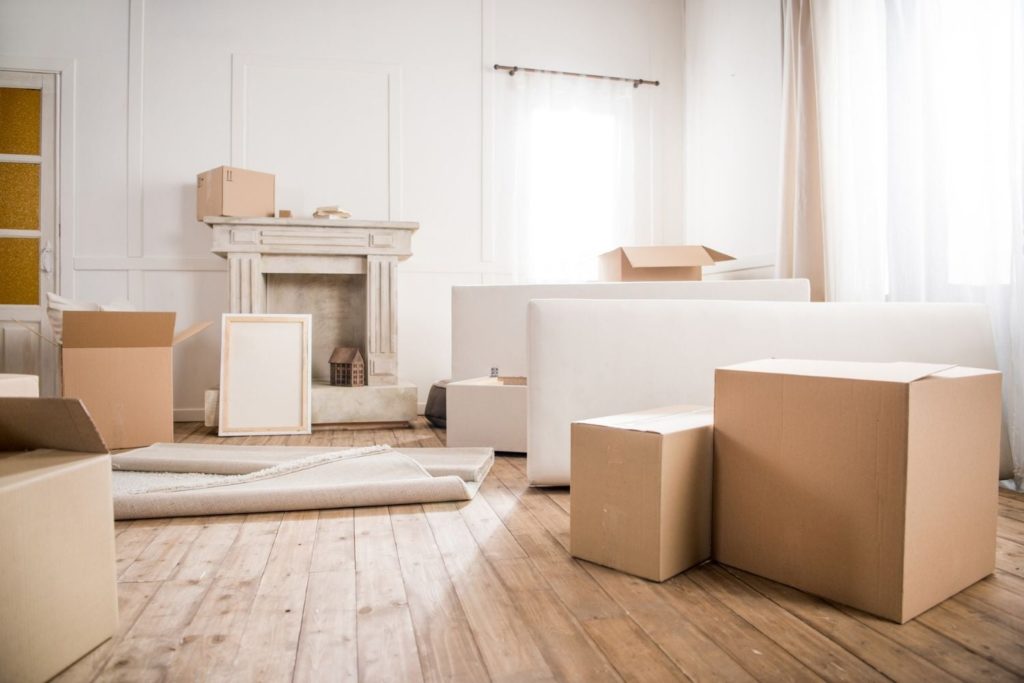Relocating to a new home is both exciting and overwhelming. Most people become anxious because of the complexity of moving processes that come with strict deadlines. However, you should avoid common moving mistakes by creating a detailed moving strategy. Among the common mistakes of moving is deciding what to keep and what to get rid of to avoid cluttering your new home.
Your household inventory directly affects the moving cost and efficiency. Therefore, you should organize your move by decluttering as much as possible. Unfortunately, downsizing is challenging, especially if you have items with sentimental value. Below are a few tips for downsizing as you prepare for the move.
Start Immediately
On average, Americans live in a house for ten years before thinking of relocating. With this, you can imagine how various items in your household are crucial. Deciding what to leave when relocating is certainly challenging. This explains why you should begin the decluttering process early. Identify and separate the essentials from the non-essentials early.
According to recent research, purging your house correctly leaves you with only 40% of household items to carry during your move. Without enough time, you won’t be able to declutter and plan effectively for the move.
Sort Through Every Room
Creating a to-do list is an effective way of decluttering before moving. In your schedule, sort through rooms individually to ensure nothing is left untouched. While it can prove challenging, you should drop items that won’t be useful in your new house. Because of the tedious nature of this process, you can’t complete all rooms in one day.
Don’t Forget Rarely Used Storage Areas
As you sort through different rooms, don’t forget rarely used storage areas. If you have lived in the house for several years, chances are you have several rarely accessed storage areas. Most homeowners forget about the attics, basement, and garages when decluttering. The best way to downsize items in these areas is to evaluate their use value.
The garage, basement, and attics hide a lot of unnecessary things. From sundries to old-fashioned clothes, getting rid of them can significantly reduce your moving luggage. Disposing of these items is important, especially if you are downsizing from a bigger house to a small house with less storage space.
Categorize Your Items
Another crucial downsizing tip is categorizing your items into three important groups. As you sort through various rooms, group your items into the following categories:
What to keep – you should keep anything that you use daily or might become important in the future.
What to toss – old electrical appliances, toys, and other non-essentials should be discarded.
What to sell/donate – you can sell or donate items that have been used rarely and are still in good shape. Donate what can’t be sold to charities, schools, and other organizations.

Identify Categories for Sorting Out
As you go through various rooms and storage spaces, you should sort items into categories to make the process underwhelming. You can classify your belongings into the following groups:
Clothes, footwear, and fashion accessories – these items are probably in every room. Decluttering overfilled closets and cabinets takes days or weeks. Start by identifying important pieces and get rid of unnecessary clothes.
Cosmetic products, makeup, and medicines – instead of packing all the cosmetic products, makeup, and medicine, ensure they are not expired. Unlike clothes, you should dispose of these items safely.
Documents and important papers – interestingly, most people forget their documents when packing to move. To avoid this, organize and sort out important documents, such as medical records, school records, tax records, and IDs. Discard expired warranties, bills, and magazines.
Sentimental items – sorting out decorations, kid’s toys, and souvenirs is difficult. Unfortunately, you can’t keep everything, especially if they have accumulated over time.
Decide What to Do with Bulky Items
You should decide what to do with bulky items, such as furniture, refrigerators, and household appliances. Packing these items won’t make sense, especially if you are moving to a smaller apartment. Excluding these items from your inventory significantly reduces the relocation costs. They also need special packing, which increases the total price. Therefore, deciding what to do with these items is of great importance.
Digitize Where Possible
Memorabilia, such as letters, artwork, photos, and souvenirs, can quickly accumulate, occupying a lot of space. Fortunately, you shouldn’t compromise, especially in the current digital world. Digitize your videos and photo books into a hard drive or store them in the cloud.
Ask Friends and Family for Help
If you are moving with your family, divide these roles among family members. Ensure that everybody helps with decluttering to shorten and simplify the process. If your kids are too young, invite your friends and guide them with your to-do list.
Know and Exclude What Movers Won’t Carry
Knowing what to pack is also important when decluttering. Therefore, you should explore moving regulations that govern moving companies. Most professional moving companies don’t transport plants, pets, flammable materials, and pressured bottles. Therefore, don’t include these items in your packaging.
The Bottom Line
Knowing where to begin decluttering can become stressful, especially if you are relocating for the first time or with kids. However, these proven tips can guide your downsizing and relocation. Hiring a professional packing and moving company can simplify the moving process.






